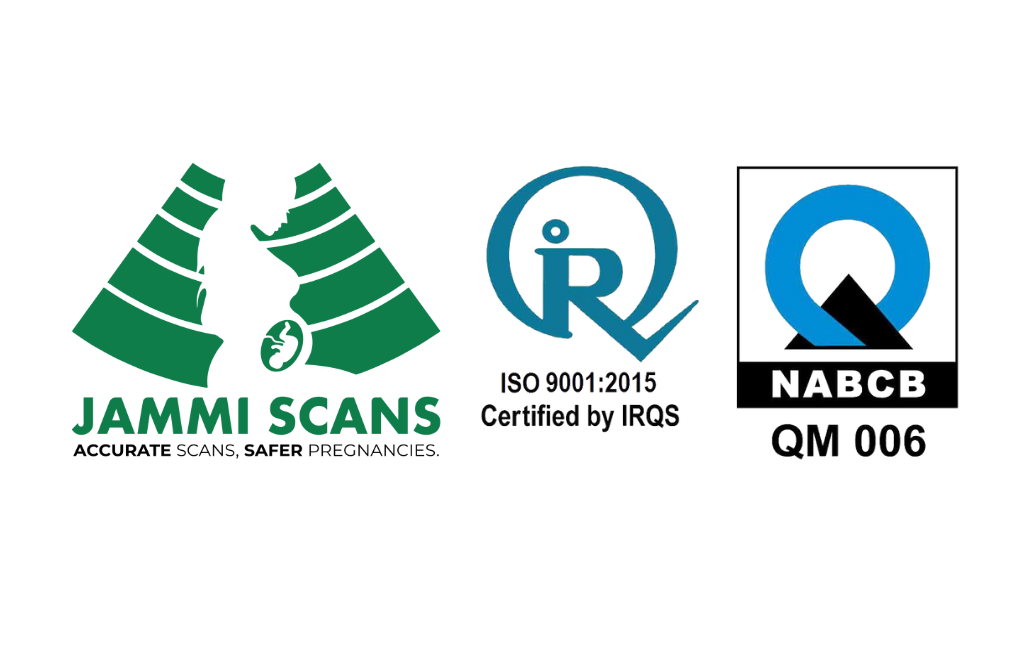Table of Contents
ToggleWhat is CRL in Pregnancy?
CRL, Crown to Rump Length is the baby’s measurement from the head to the rump (hip). CRL is one of the most important measurements that is carried out during ultrasounds.

How is CRL measured in pregnancy scans?

In a pregnancy ultrasound, the doctor measures the baby’s size from the crown (head) to the rump (back).
In order to measure the CRL of the baby, the baby must be in a neutral position. That is neither too curled up or too stretched in order for accurate measurements.
Why is CRL measurement important in pregnancy?
CRL measurement in pregnancy is important to assess the fetal health including:
- Dating: CRL measurement plays a crucial role in calculating the baby’s EDD (Estimated Due Date)
- Gestational age: Measuring the baby’s CRL is important to know the gestational age and check if the growth is in line with the gestational age.
- Viability: CRL measurement is important to check the viability of the baby. Once the baby’s CRL is over 7mm, the fetus is expected to have a heartbeat.
Factors that Affect the CRL Measurement
A few factors that can affect CRL measurement in pregnancy are:
Baby’s position: In order for the CRL measurement to be accurate, the baby must be in a neutral position. So if the fetus is too curled up or too stretched out, it can affect the CRL measurements.
Gestational age: CRL measurement to find out the gestational age of the fetus is ideally taken between 7 to 9 weeks of gestation. If taken later, fetal movement and position can make it difficult to measure it accurately.
Maternal age: Some studies have shown that CRL measurements increase if the maternal age is higher and that the CRL younger mother’s fetus is smaller.
Baby’s growing pattern: Each baby grows at their own pace and this can sometimes affect the CRL measurements.
Chromosomal abnormalities: Studies have shown that fetuses with chromosomal abnormalities tend to have a shorter CRL.
What is a normal CRL in pregnancy?


What does abnormal CRL in pregnancy mean?
An abnormal CRL measurement could mean:
- Chromosomal abnormalities
- Restricted fetal growth
- Fetus growing faster than usual (baby bigger in size than usual, typically for mothers with gestational diabetes)
- Missed miscarriage (if there is no heartbeat)
- An error in calculating the gestational age
CRL Measurement in Multiple Pregnancy

In case of a multiple pregnancy such as twins and triplets, each of the fetus’s CRL is individually measured during an ultrasound.
But unlike a singleton baby, CRL cannot accurately predict the baby’s growth as each baby can have a different growth pattern and one baby can be smaller or larger than others.

Conclusion:
Each and every scan the doctor prescribes throughout the course of the pregnancy is very important to ensure the safety of the baby.
The soft markers can be shown at any stage of the pregnancy, not just the first trimester. Ensure that you do not miss any of the scans suggested by your doctor.
For consultations with the best gynecologist in Chennai, Dr.Deepthi Jammi, contact Jammi Scans at 07338771733. Jammi Scans is one of the best gynecology clinics and scanning centers located in T Nagar, Chennai.
Chennai women’s clinic is now Jammi Scans
FAQ
1. What is CRL in a 7-week pregnancy?
The ideal CRL at 7 weeks of pregnancy is around 11 mm.
2. What is CRL in 6 weeks of pregnancy?
The normal CRL value during the first 6 weeks of pregnancy is around 4 mm.
3. What does small CRL mean?
Although minor differences in the CRL value does not impact the fetus much, it is important to consult with your doctor for further intervention if the CRL is too small than the ideal measurement.
In some cases, it could mean miscalculation of gestational age, missed miscarriage, chromosomal abnormality.
4. What does large CRL mean?
A larger CRL could mean:
- Baby bigger in size than usual (typically for mothers with gestational diabetes, larger placenta or obesity)
- Chromosomal abnormalities
- Fetal overgrowth




